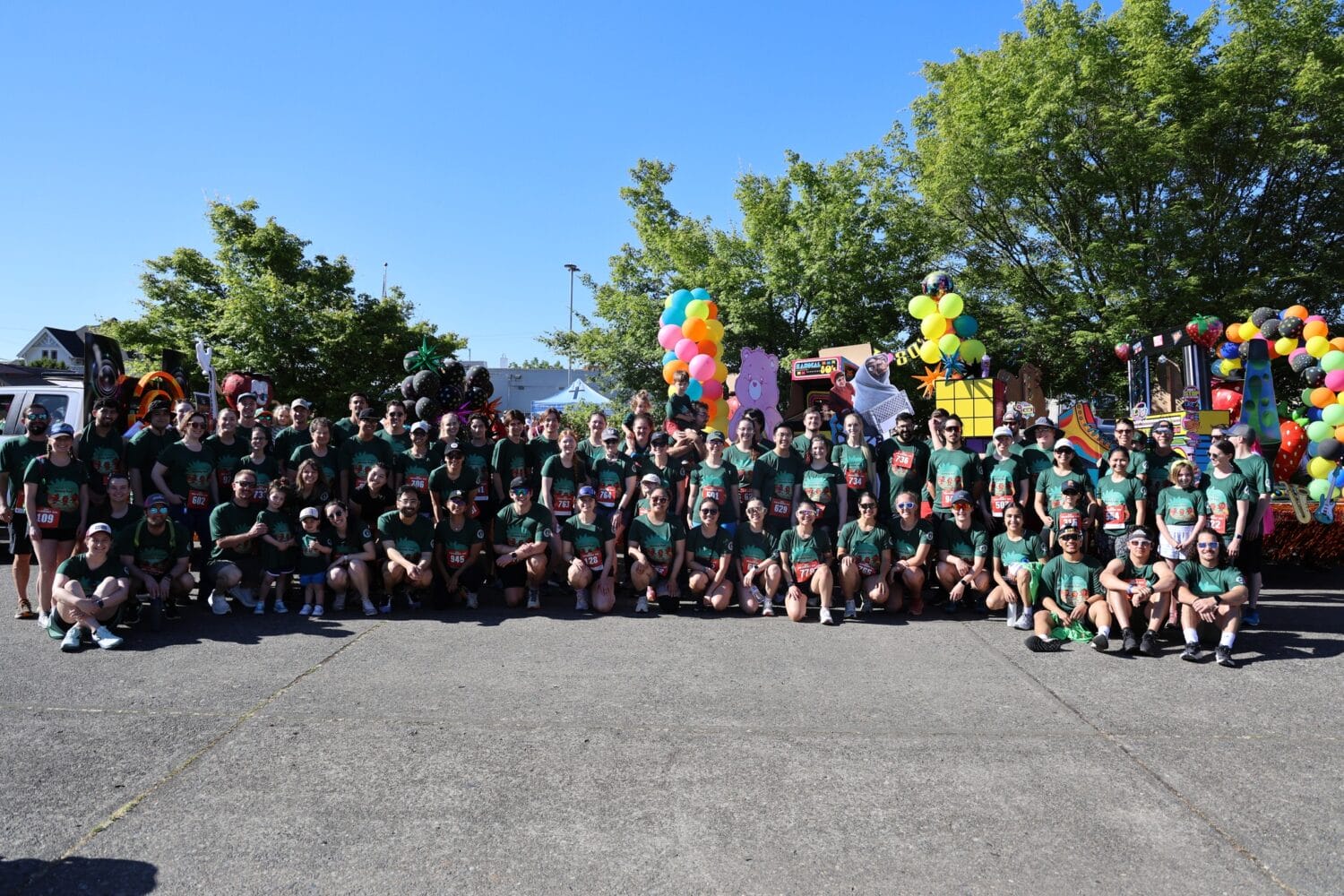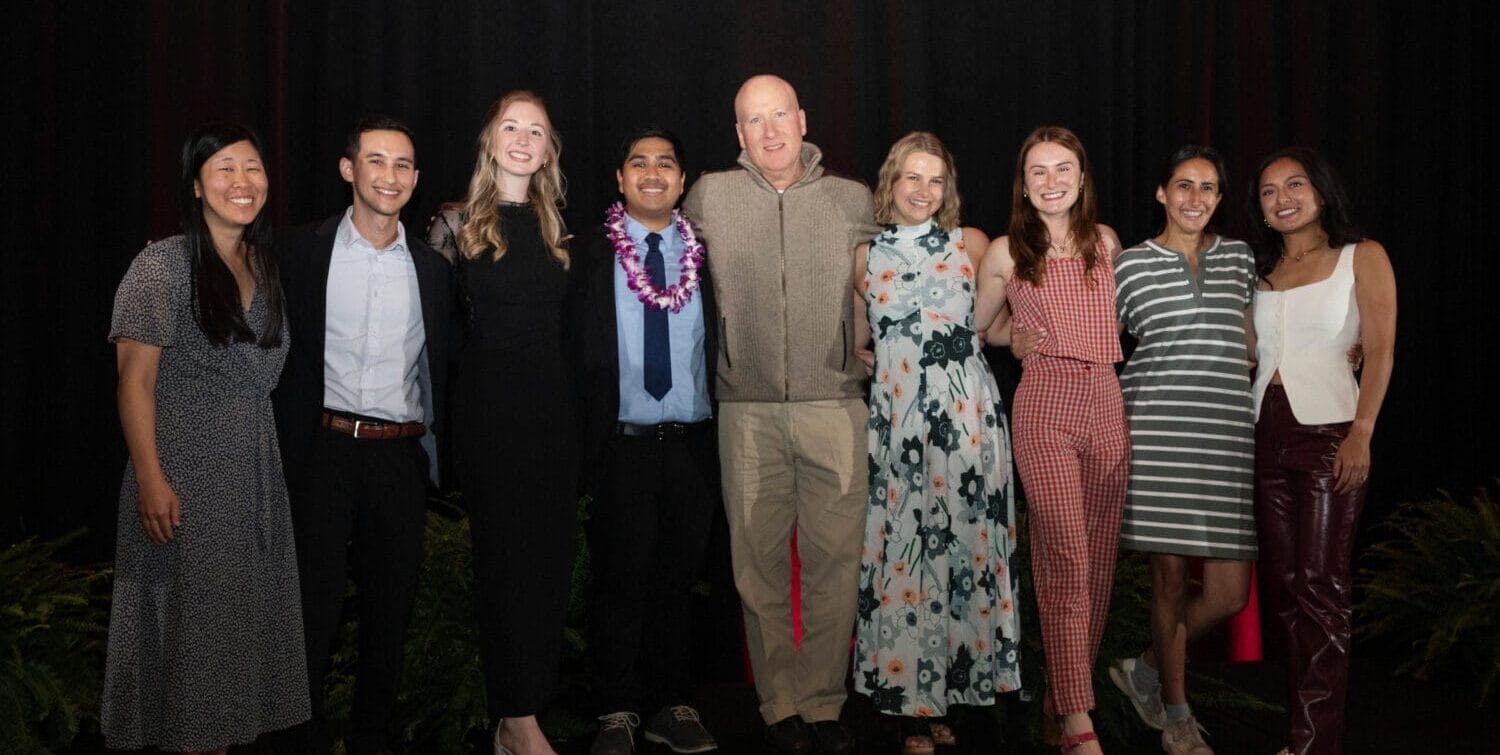Center for Innovation launched at WesternU COMP-Northwest campus
In an effort to pair technology and innovation to address current and future issues in health sciences education and health care, Western University of Health Sciences has established the WesternU Center for Innovation, which made its debut during an Innovation Expo on the COMP-Northwest campus.
Paula M. Crone, DO, Dean of the College of Osteopathic Medicine of the Pacific and COMP-Northwest, opened the Innovation Expo to students and the community, painting a picture of health care’s future. “Predictive medicine, personalized medicine and targeted treatments – these are all examples of innovation and ideas that led to improved techniques and processes,” she said. “When I dream about the future and what is really out there for patient care, it doesn’t look like anything we are doing now. It doesn’t look anything like how patient care is delivered in the United States of America.”
Crone described the patient experience now: waiting until a problem is critical, waiting to get an appointment, then waiting in a waiting room to see a physician, and finally seeing the physician for less than 10 minutes. “We can do better than that. This is why we need innovation,” she said.
Among other recent technological advances, Crone listed wearable devices and tattoos, genomic sequencing, digital and mobile health, and more. “With research and innovation, we can change outcomes and transform the practice of medicine. It’s going to be up to you to make that happen,” she said.
The WesternU Center for Innovation is headed by Nicholas Webb, a best-selling author, health care futurist, and CEO of Lassen Scientific Inc. Webb holds more than 45 U.S. patents, including patents related to patient care.
He said he hopes to “demystify” the word inventor, and asked the audience to look over and shake their neighbor’s hand and introduce themselves – with a straight face – as an inventor. The lecture hall erupted in laughter.
“The truth of the matter is if we can’t say that you’re an inventor without laughing, chances are we haven’t created the building blocks to be able to innovate,” Webb explained. “Inventing is a normal thing. It’s the human experience. The ability to be active observers and to transmute these observations into useful things that deliver amazing value, that’s what innovation is about.”
Another challenge to overcome before innovation can occur is letting go of the fear of failure. “What happens is these failures are part of the very authorship of the knowledge that you need to go up to the next level. That failure is the fueling force of innovation,” Webb said.
Webb wants to clear the path for students to be the innovators and inventors health care needs. “The future of health care is really the subject of massive disruption. Right now 80 percent of every dime spent on health care is spent on self-inflicted chronic disease. If you combine that with an aging population, there is no way that we are able to do what we’re doing today in any kind of meaningful way. It’s simply not scalable,” he said.
He views anticipatory health as one of the largest opportunities for the industry, and sees “hyper connectivity” and wearable technology as keys to understanding the meaning of signals that “anticipate the problems before they become lethal,” he said.
“I believe what we’re going to see with wearable technologies are two really key benefits. Number one, we are going to be able to use dashboards to monitor your entire human system. We’re going to look at the meaning of those disparate data points and we’re going to identify bad stuff before it becomes lethal or it becomes expensive,” he explained. “That’s the beauty of this approach. And we’re already seeing organizations that are building out some pretty advanced prototypes of this. There’s no question that we will see this in this next wave.”
Also launched at the Expo was the student group iSquad. This new group is structured for students to engage and look for solutions to both everyday problems and those that challenge health care.
“This process is for you to come together as thinkers and come up with solutions, not just in medicine, but also here on campus,” said Ed Barnes, MD, Assistant Dean of the Office of Longitudinal Tracks and Student Innovation Lead for the Center of Innovation. To spark the innovation process, students involved in iSquad declared themselves as an inventor, catalyst, researcher, disrupter, entrepreneur or innovator.
Following the presentation portion of the launch, medical students were able to see and experiment with some of the cutting-edge technology discussed earlier, including virtual reality lenses, 3-D printers, and hologram technology.
More information on the Center for Innovation may be found at http://innovation.westernu.edu.



